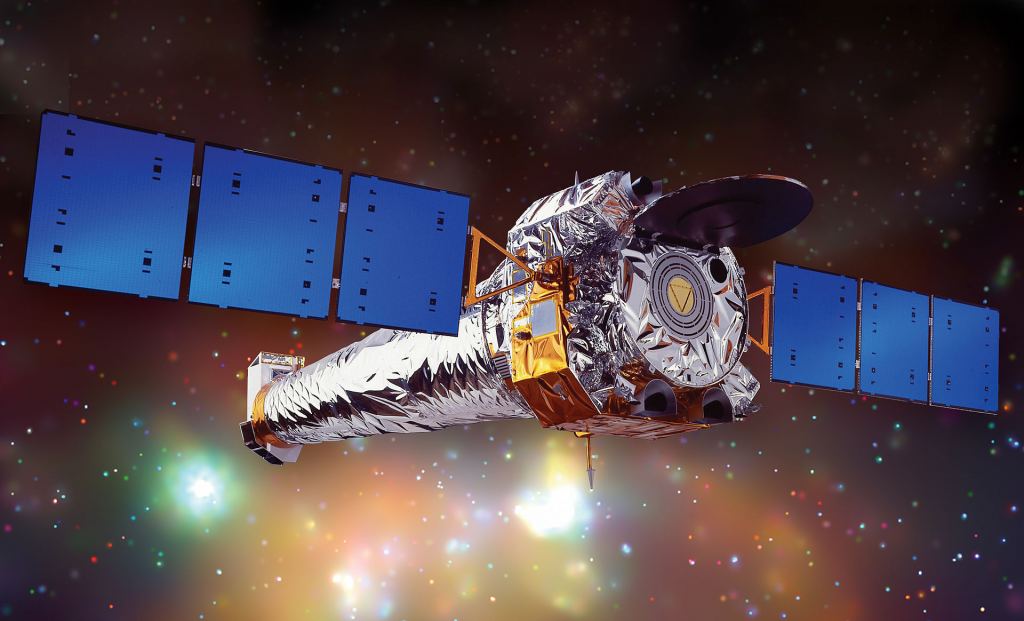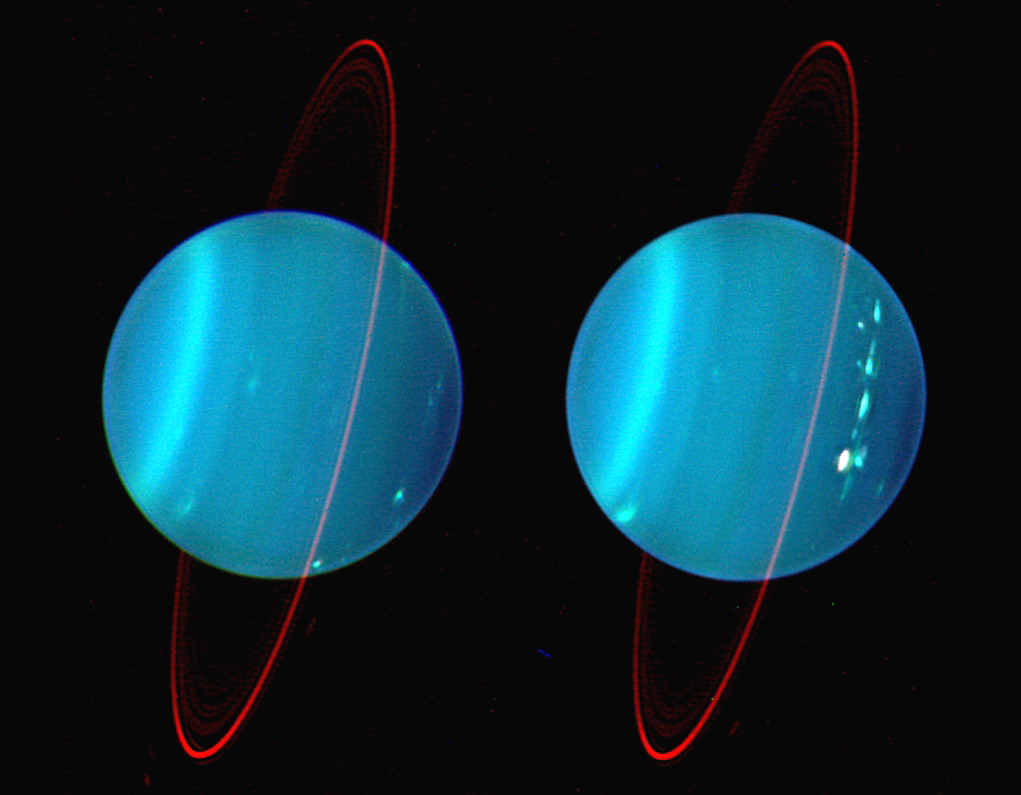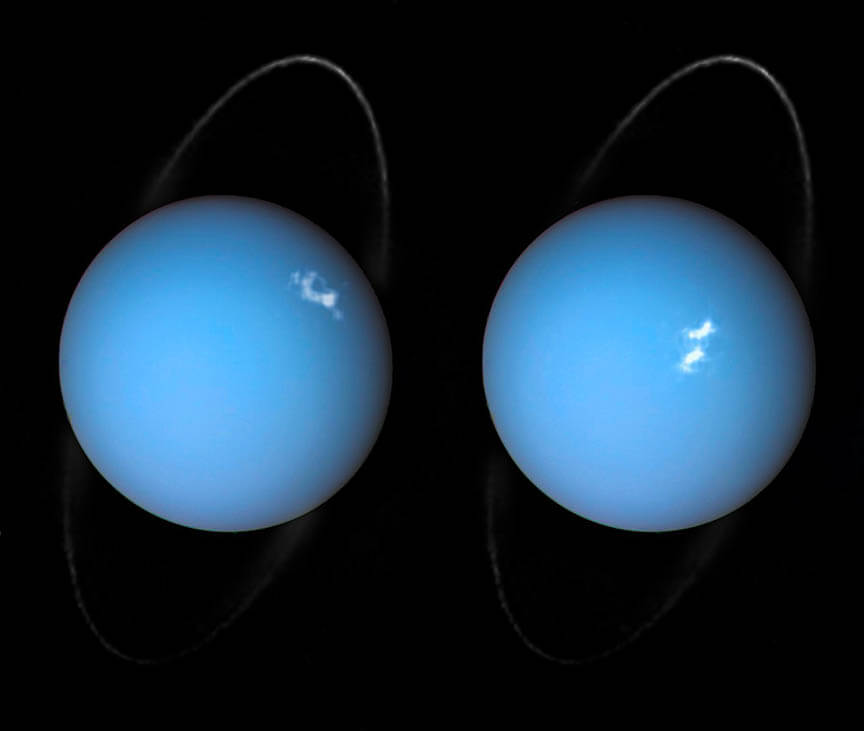Uranus X-Rays are Probably Reflected Sunlight, but There Could be Another Source as Well
By Andy Tomaswick
X-rays offer a unique insight into the astronomical world. Invisible to the naked eye, most commonly they are thought of as the semi-dangerous source of medical scans. However, X-ray observatories, like the Chandra X-ray Observatory are capable of seeing astronomical features that no other telescope can. Recently scientists found some of those X-rays coming from a relatively unexpected source – Uranus.
While the data might have been found only recently, it was actually collected almost 2 decades ago in 2002, and then again in 2017. Despite the age of the data, scientists have a decent theory on what might be causing most of the observed X-rays.

Credit: NASA / CXC / NGST
The Sun is the most likely culprit. Both Jupiter and Saturn scatter X-ray light from the Sun, so there is a good chance the Uranus does the same. Some of those X-rays would bounce back to Chandra. However, that reflection doesn’t appear to be the only source for the observations.
A recently released paper in the Journal of Geophysical Research offers up some suggestions for other sources of these X-rays. Both have unique implications for our understanding of Uranus.

One potential source is an underappreciated feature of the Uranian system – its rings. Uranus is in fact surrounded by a ring system. Though not as spectacular as Saturn’s, Uranus’ rings have the unique property of sharing its host planet’s axial tilt, making it look like they are lying on their side when observed from Earth.
The rings themselves can emit X-rays if they are struck by the right charged particles, such as protons and electrons, which are present in the general area of the ring system. This process is well understood and has been observed on other ring-surrounded planets. However, the other explanation is a little more whimsical – Uranus’ auroras.
Auroras on Earth produce spectacular light shows known the world over. They also emit X-rays when the high energy particles that cause them interact with the Earth’s atmosphere. That effect could be the cause of some of the X-rays seen by Chandra. Hubble spotted what appeared to be an aurora on Uranus back in 2017, so the planet is known to have them, but so far they haven’t been studied much.
On Uranus the auroras might be much different than those on the solar system’s other planets. Uranus has a unique spin axis and magnetic field alignment that make it stand out from its planetary brethren. In fact the magnetic field of Uranus doesn’t exactly follow the axial tilt of the planet itself. That slight offset could cause much more complex aurora that would be present on more aligned planets such as Earth or Jupiter.

Credit: NASA/ESA
So far it is not clear which, if either, of these two other sources of X-rays is actually the cause. For now, Chandra will continue its observations, and hopefully this paper will spark enough interest to turn its eye towards Uranus a little more frequently.
Learn More:
NASA – First X-rays from Uranus Discovered
Journal of Geophysical Research – A Low Signal Detection of X?Rays From Uranus
LiveScience – Mysterious X-rays are flaring out of Uranus
NBS News – For the first time, scientists find X-rays coming from Uranus
Lead Image:
A combined X-ray and optical view of Uranus
Credit: NASA / CXO / University College London / W. Dun et all, W.M. Keck Observatory
The post Uranus X-Rays are Probably Reflected Sunlight, but There Could be Another Source as Well appeared first on Universe Today.

April 7, 2021 at 01:18AM
via Universe Today read more...

Post a Comment